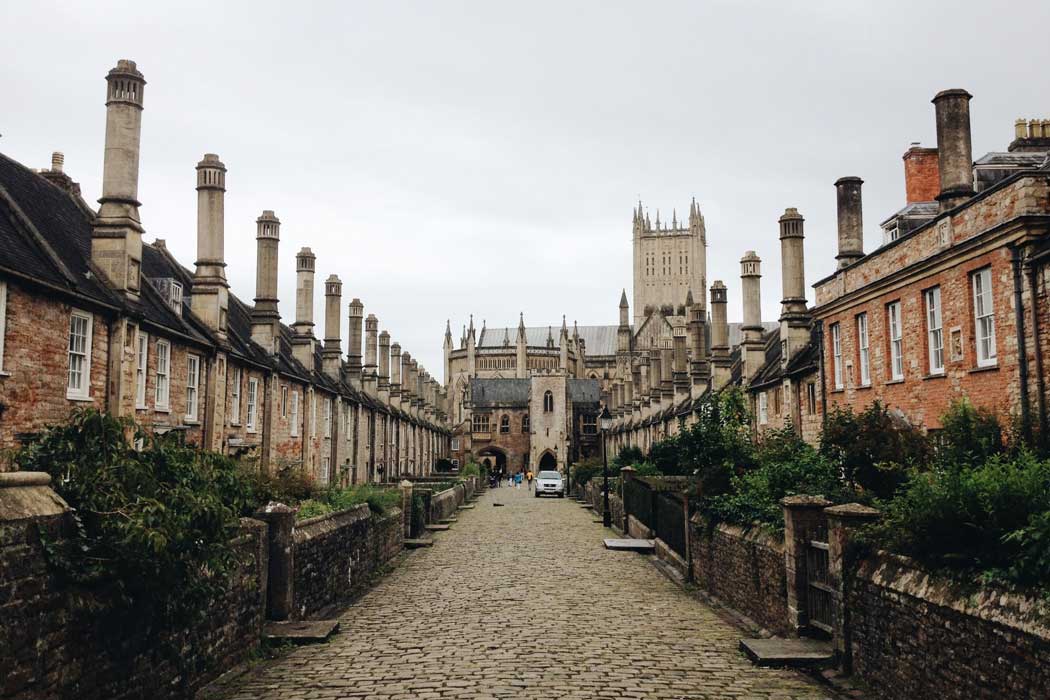Wells
Wells is one of England’s most charming small historic cities and it is noted for its historic architecture, which includes Wells Cathedral, the Bishop’s Palace and Europe’s oldest residential street.
The city has been settled since Roman times and it grew in importance during the Anglo-Saxon period with King Ine of Wessex founding a minster church here in 704. During medieval times, Wells became an important religious centre and the construction of both Wells Cathedral and the Bishop’s Palace was underway in the 13th century and upon completion of the cathedral, Wells became the principal seat of the Diocese of Bath and Wells.
Wells was an important centre for cloth making from medieval times up until the Restoration and in the 19th century, it was home to the largest cheese market in the west of England.
With around 12,000 inhabitants, Wells is often described as England’s smallest city. While it is certainly the smallest free-standing urban area in England with city status, the City of London, with a population of 8,000, is smaller than Wells despite being part of a much larger urban area.
It is a charming place with a bustling High Street and plenty of historic architecture including Vicars’ Close, which is considered to be the oldest residential street in Europe. The main tourist attractions include Wells Cathedral and the Bishop’s Palace and St Cuthbert’s Church is also worth a visit. The caves at Wookey Hole are only 3km (2 miles) from the city centre.

The historic nature of the city’s architecture means that it is used as a filming location for many period films and television programmes.
Coming and going
Although Wells was once served by three different railway lines, the Beeching Axe in the 1960s has left the city with no rail service. However, Wells is well served by local bus routes with bus 29 connecting Wells with Taunton, bus 75 going to Bridgwater, bus 77 going to Yeovil and bus route 376 stopping in Wells en route between Street and Bristol.
All of these buses connect Wells with Glastonbury and Street, which are only a 20–30-minute bus ride away.

